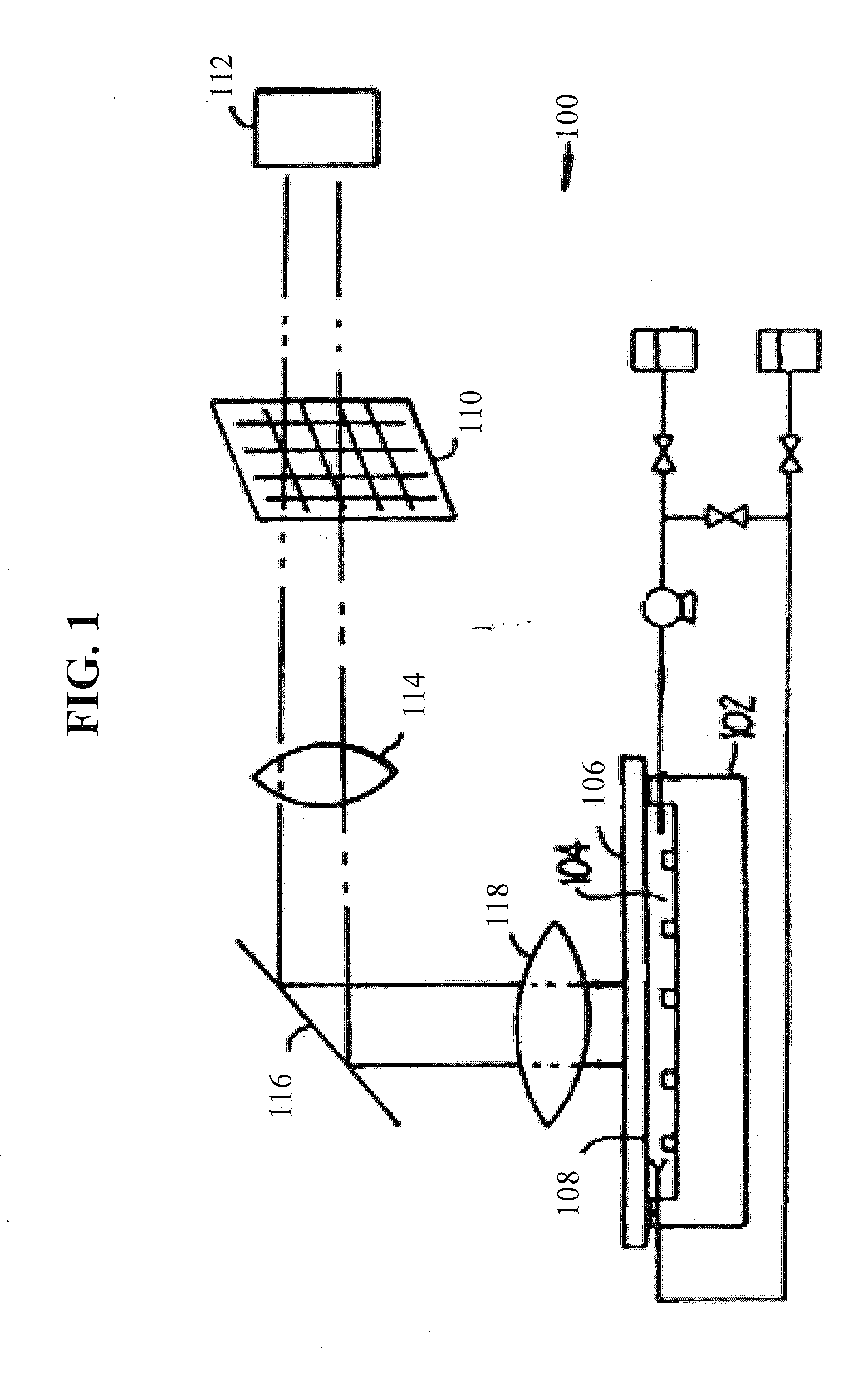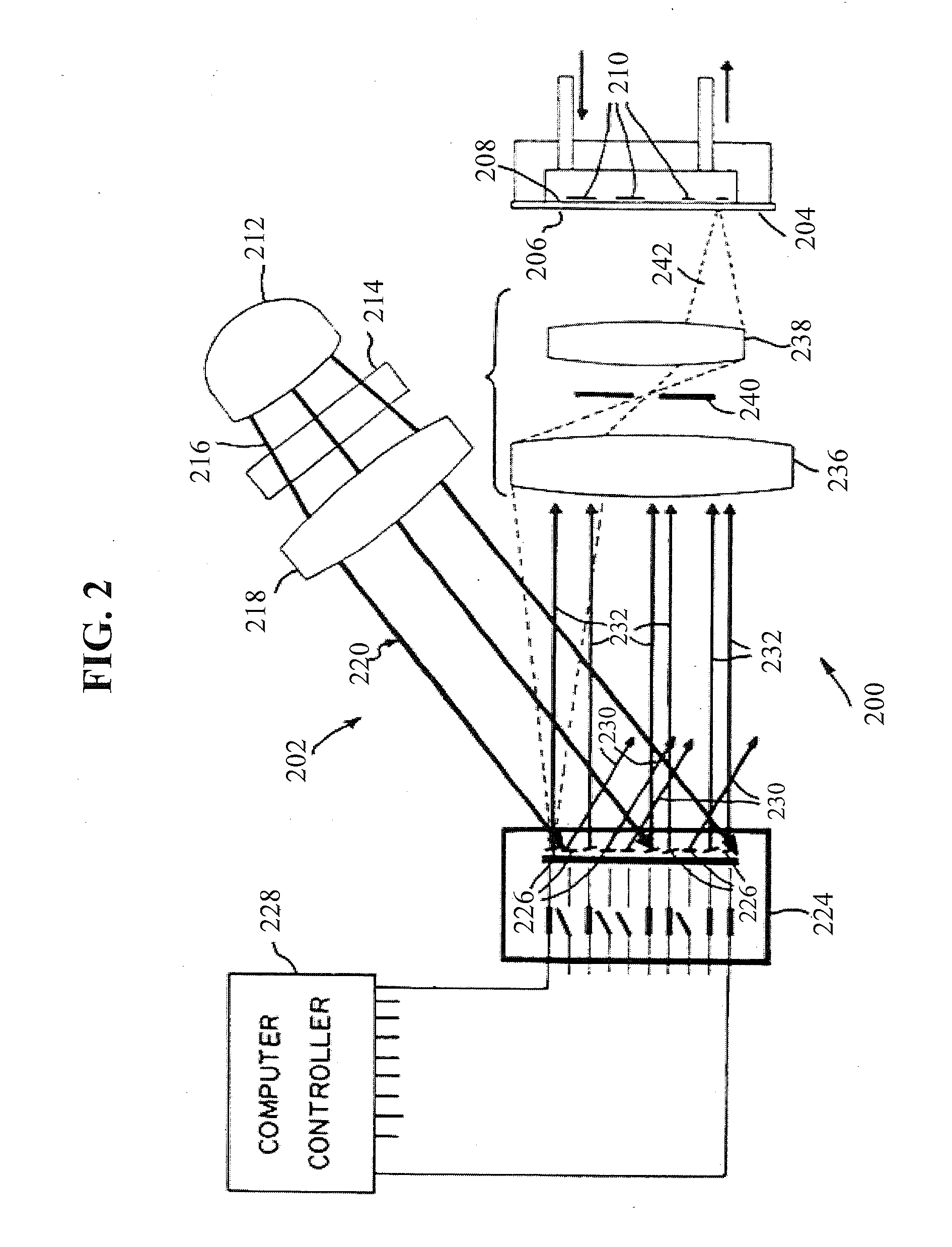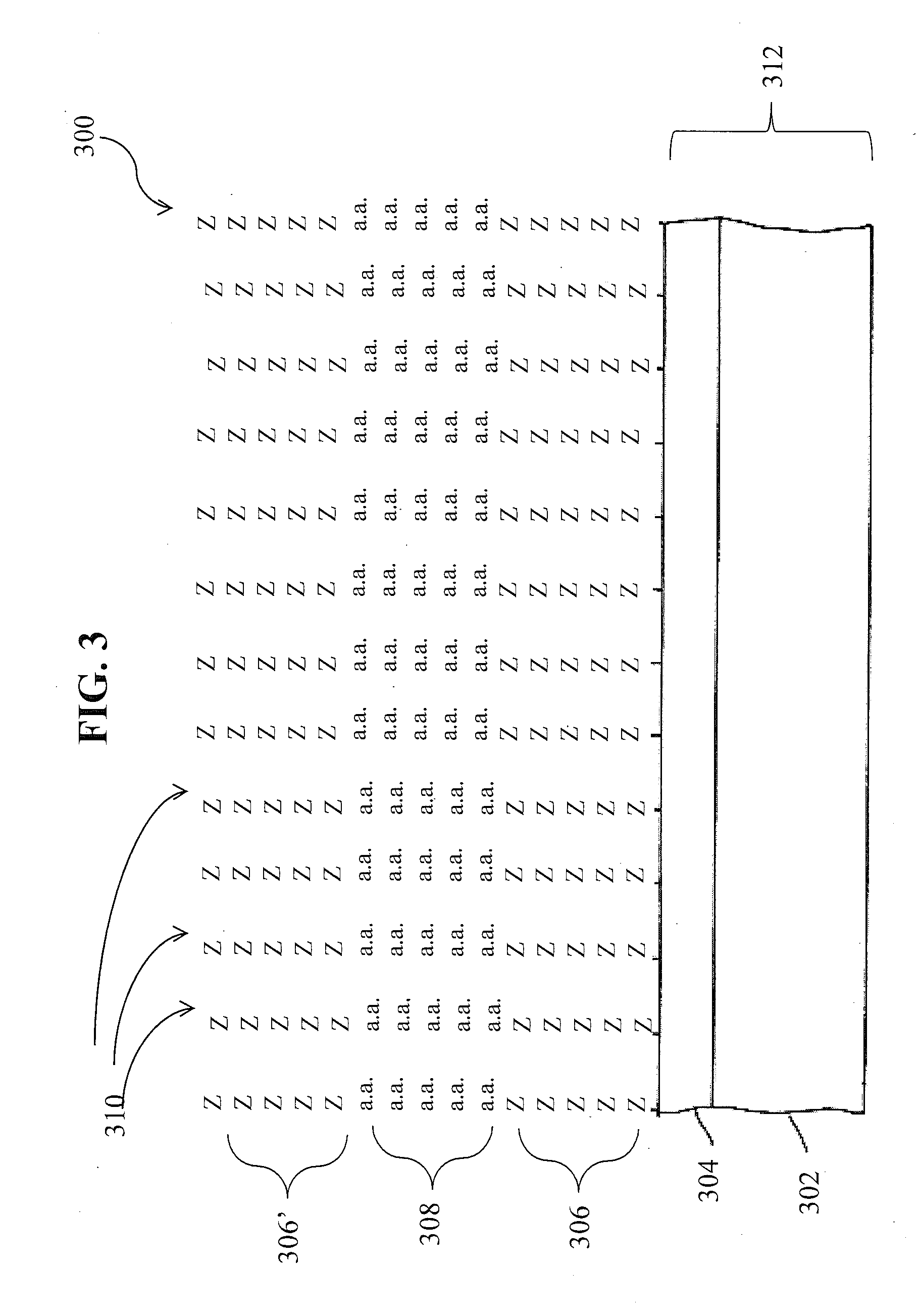Systemic discovery, maturation and extension of peptide binders to proteins
a technology of peptide binders and proteins, applied in the field of systemic discovery, maturation and extension of peptide binders to proteins, can solve the problems of limited application of such methods to de novo discovery of peptide binders, inability to ensure, and high cos
- Summary
- Abstract
- Description
- Claims
- Application Information
AI Technical Summary
Benefits of technology
Problems solved by technology
Method used
Image
Examples
example 1
Streptavidin Binder Discovery Using Comprehensive 5-Mer Peptide Arrays
[0113]Array Design and Synthesis: An array having 2,476,099 peptides (representing a comprehensive list of all possible 5-mer peptides, excluding cysteine) was designed. We also designed a smaller array of 5-mer peptides by using all combinations of 18 natural amino acids excluding cysteine and methionine, any dimer or a longer repeat of the same amino acid, as well as any peptide containing HR, RH, HK, KH, RK, KR, HP, and PQ sequences to create a library of 1,360,732 unique peptides. This library had an advantage of using two replicates of each peptide on the same array to increase the confidence of the conclusions drawn from array data.
[0114]Each 5-mer peptide is synthesized with 5 cycles of wobble synthesis in the N-term and C-term. The wobble mixture compositions can be a mix of 2 or more amino-acids, for example a flexible wobble mix may include: a G:S mixture (in a 3:1 ratio), equal quantities of GAVDPSELT (...
example 2
Streptavidin Binder Optimization Using Extension Peptide Arrays
[0119]Array Design: It is possible that motifs identified in 5-mer array experiments represent only short versions of optimal streptavidin binders. We have developed a strategy of identifying longer motifs by extending sequences selected from 5-mer arrays experiments by two amino acids from both N- and C-terminus using all 20 natural amino acids shown by X in Table 1. Each of the extension libraries includes 160,000 unique peptides synthesized in five replicates. Streptavidin binding assay and image processing was performed as described in Example 1.
TABLE 1SEQSEQSEQSequences selectedIDIDSequences selectedIDfrom 5-mer librariesNO:Extension librariesNO:from extension librariesNO:HPQ13XXHPQXXWTHPQFE18LAEYH14XXLAEYHXX37DYLAEYHGG19RPGWK15XXRPGWKXX38YERPGWKLS20PAWAH16XXPAWAHXX39PAPAWAHGG21FDEWL17XXFDEWLXX40NSFDEWLQK22DoubleSequences selected fromsubstitution / deletionsubstitution / deletionlibrarieslibrariesGGWTHPQFEGG32WTHPQFEQ...
example 3
Streptavidin Binder Optimization Using Double Substitution / Deletion Peptide Arrays
[0121]Array Design: The third round of binder optimization included extension of the sequences identified in the extension array experiments with glycine (G) amino acid to make them 11-mer peptides as shown in Table 1 followed by design of double substitution / deletion libraries that include all possible single- and double substitution / deletion variants of the reference sequence. Streptavidin binding assay and image processing for substitution / deletion arrays was performed as described in Example 1.
[0122]Data analysis and Results: The data are first analyzed by a single substitution plot which is similar to the standard alanine scan but includes substitutions of all 20 amino acids followed by binder optimization using double substitution analysis. An example of this analysis is shown in FIG. 9 for GGPAPAWAHGG sequence (SEQ ID NO: 35).
[0123]FIG. 9, panel A shows that PAWAH motif (SEQ ID NO: 16) originall...
PUM
| Property | Measurement | Unit |
|---|---|---|
| Fraction | aaaaa | aaaaa |
| Magnetic field | aaaaa | aaaaa |
| Electrical conductance | aaaaa | aaaaa |
Abstract
Description
Claims
Application Information
 Login to View More
Login to View More - R&D
- Intellectual Property
- Life Sciences
- Materials
- Tech Scout
- Unparalleled Data Quality
- Higher Quality Content
- 60% Fewer Hallucinations
Browse by: Latest US Patents, China's latest patents, Technical Efficacy Thesaurus, Application Domain, Technology Topic, Popular Technical Reports.
© 2025 PatSnap. All rights reserved.Legal|Privacy policy|Modern Slavery Act Transparency Statement|Sitemap|About US| Contact US: help@patsnap.com



